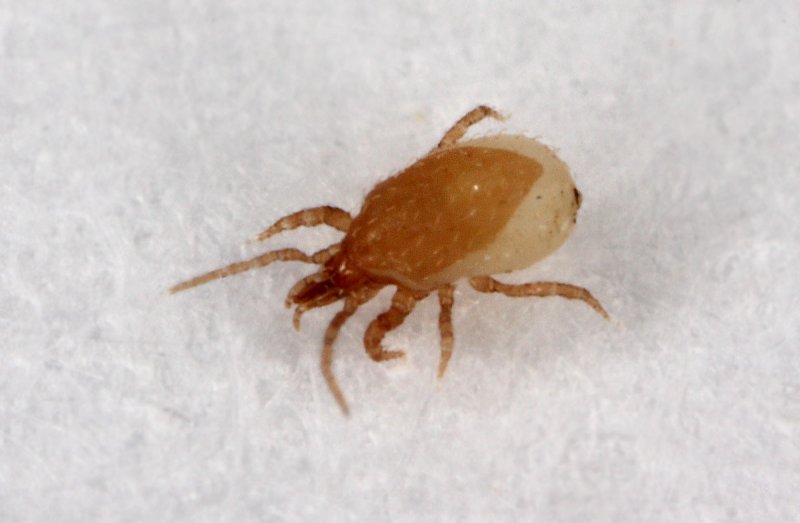- Joined
- Mar 1, 2014
- Messages
- 1,086
I had a very healthy population of giant springtails in my millipede enclosure at work. When the heat went out at work, I took my pedes home, and for now, they are still at home in a temporary enclosure.
After the power outage, I noticed that my springtail population had decreased sharply in the enclosure. They are temperate springtails, so the temperature drop shouldn't have caused any issues. I thought perhaps the decrease in food, due to the millipedes not being present, may have contributed. But then I noticed these mites...which are not grain mites, all over the enclosure. They are much faster than grain mites, and a different shape. More pear-shaped. I have seen them in other vivaria of mine too. Whether it relates or not, I don't have problems with grain mites. there are some springtails left, but nowhere near the original population. I took a video, but it didn't come out great. I can try to post it if it would help.
there are some springtails left, but nowhere near the original population. I took a video, but it didn't come out great. I can try to post it if it would help.
After the power outage, I noticed that my springtail population had decreased sharply in the enclosure. They are temperate springtails, so the temperature drop shouldn't have caused any issues. I thought perhaps the decrease in food, due to the millipedes not being present, may have contributed. But then I noticed these mites...which are not grain mites, all over the enclosure. They are much faster than grain mites, and a different shape. More pear-shaped. I have seen them in other vivaria of mine too. Whether it relates or not, I don't have problems with grain mites.


